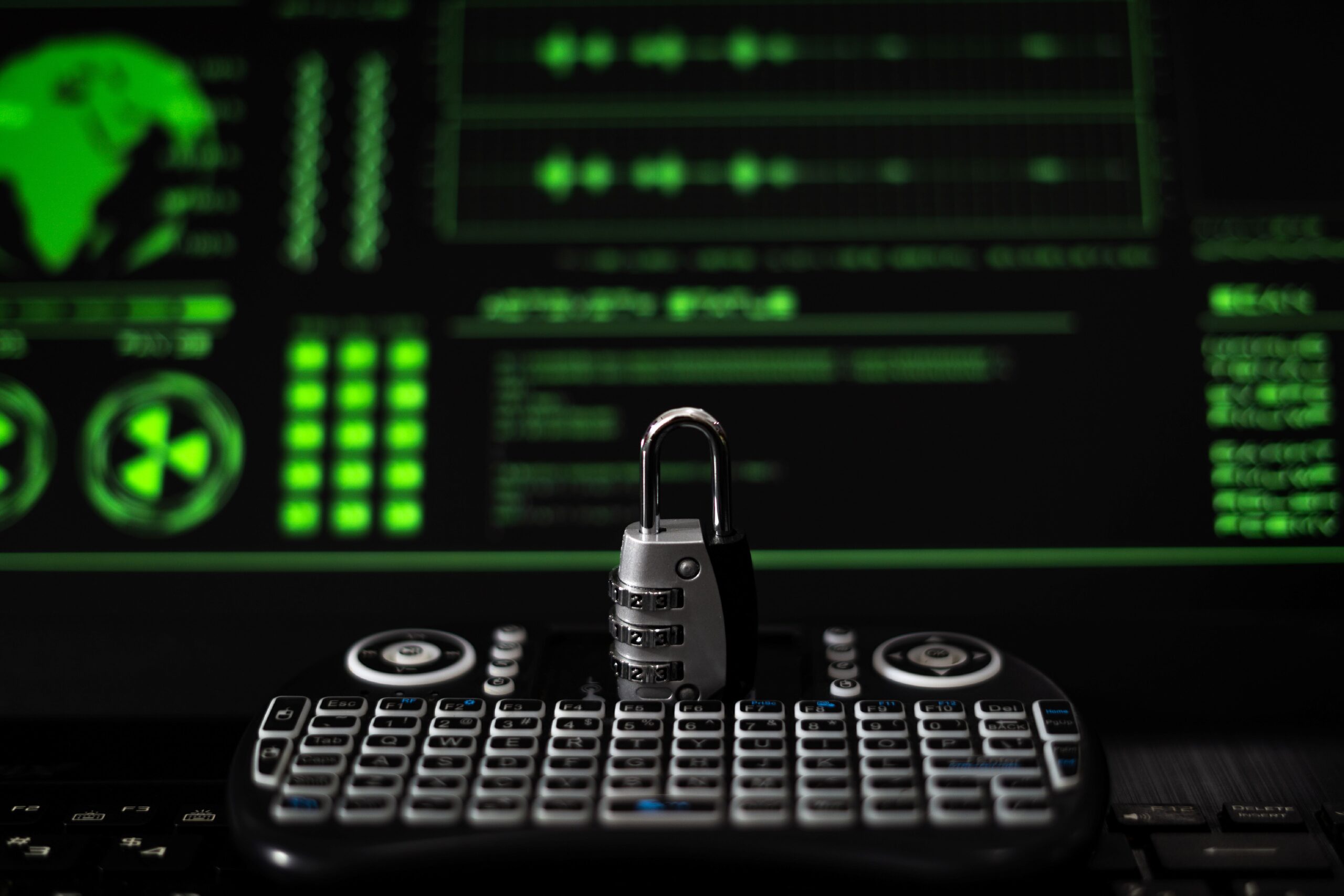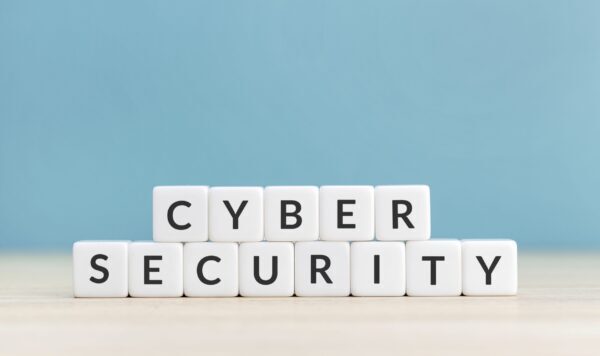Digital transformation has redefined how we live and work, but it’s also reshaped the nature of risk. From personal data to industrial infrastructure, almost every system is now online, connected, and vulnerable. In this environment, cybersecurity becomes not just an IT concern but a core pillar of organizational resilience and public trust.
Governments, enterprises, and startups alike are recognizing that security is not a cost — it’s an enabler. It empowers innovation, strengthens reputation, and ensures business continuity.
The evolving threat landscape — from sophisticated ransomware to identity-based attacks — demands new thinking and proactive defense models. That’s why understanding the direction of cybersecurity is not a technical detail, but a strategic advantage.
Cybersecurity is no longer about closing doors — it’s about building smarter, more adaptive systems from the inside out. And in that, it becomes a lens through which we view all modern digital decisions.
What’s Driving Cybersecurity Forward
The security landscape is changing rapidly, shaped by technological growth, rising threat complexity, and the increasing value of digital identities. Here are some of the most important directions gaining momentum:
- IoT Security Becomes Urgent
The rapid rise of connected devices requires smarter, scalable protection — especially in industrial systems. - Security Moves to the Cloud
With cloud adoption growing, cybersecurity strategies are shifting to cover distributed architectures and remote teams. - Identity Is the New Perimeter
Traditional network borders are disappearing. Now, identity and access control define digital defense.
Machine Learning in Security
AI-powered tools are helping detect threats faster, enabling proactive security models. - Data-Centric Protection
Focus is shifting from infrastructure to protecting data itself, no matter where it lives or moves. - Security as Part of Design
Building software with security from the ground up — not adding it later — is becoming standard practice.
These trends highlight a broader shift: cybersecurity is no longer reactive. It’s becoming strategic, intelligent, and deeply integrated into every layer of the digital enterprise.
Why It Matters
Cybersecurity is not just a matter of protection — it’s a foundation for trust.
In today’s digital economy, consumers, clients, and partners expect transparency and safety as part of every interaction. The ability to protect data, respect privacy, and act quickly in moments of crisis defines which organizations earn long-term loyalty.
For leaders, security is now a brand issue, a market differentiator, and a factor in investor confidence.
For developers and product teams, it’s part of design thinking.
And for everyday users — it’s personal.
The stronger our digital defenses, the more confidently we can explore what’s next — from automation to global collaboration.
What to Explore on the Blog
Our cybersecurity section is built to keep you informed without the noise — offering practical insights from real-world cases, emerging research, and expert guidance.
Here are just some of the directions we cover:
- Real-world applications of AI in cybersecurity
- Best practices for securing cloud-based businesses
- Emerging risks in IoT and how to counter them
- Policy and compliance updates worth tracking
- Interviews with leaders shaping secure digital infrastructures
Whether you’re looking to protect your product, team, or strategy, this space is designed to help you think clearly and act with confidence.
Explore regularly to stay on top of changes, challenge your assumptions, and grow your understanding of where security fits into the bigger digital picture.
Security Is a Shared Responsibility
Gone are the days when cybersecurity was left solely to IT departments. In the modern digital ecosystem, every employee, user, partner, and system plays a role in keeping data safe.
Security begins with culture—from how teams handle passwords to how developers write code, how executives assess risk, and how customers interact with products. A single weak point can affect the entire structure, which is why shared responsibility isn’t just a theory—it’s an operational necessity.
Forward-thinking organizations are embedding security into workflows, communications, and decision-making. They train not just security teams but everyone, ensuring awareness is part of the company’s DNA.
The same applies to individuals: using secure devices, updating software, and avoiding suspicious links — these small habits make a big difference. In a world where threats are global, resilience must be collective.
By viewing cybersecurity as a shared mission, we create safer systems, smarter habits, and a stronger digital future for all.
